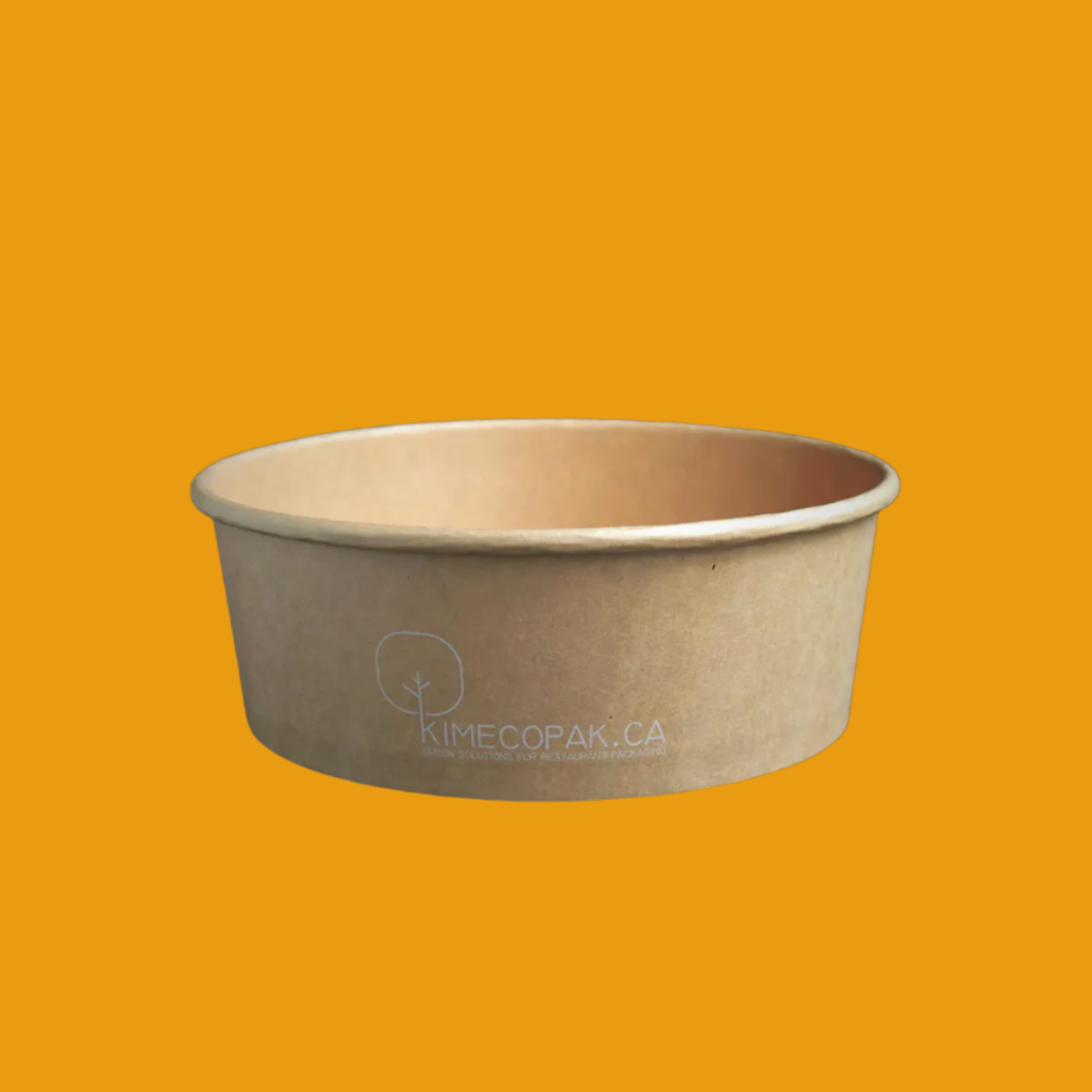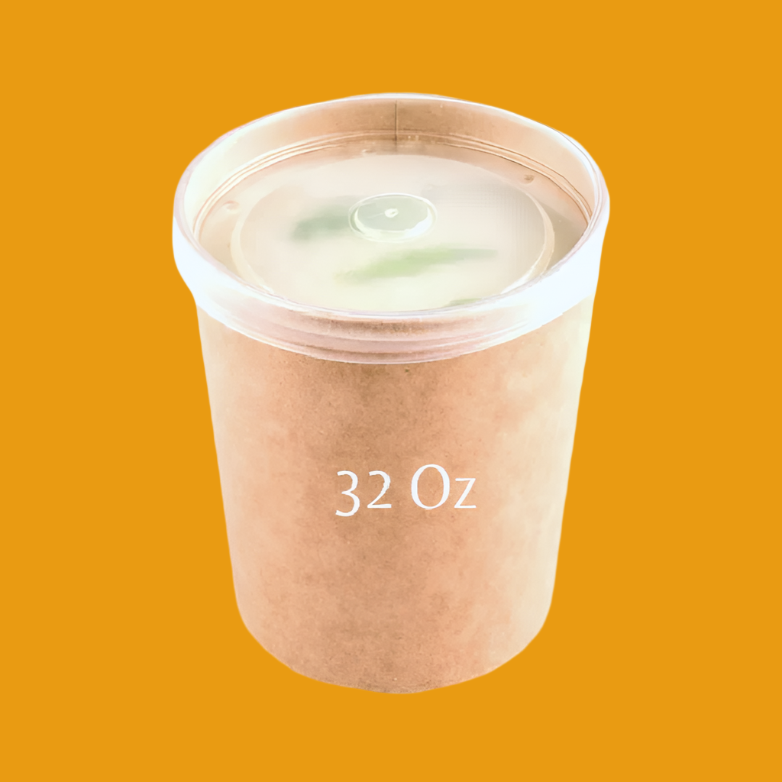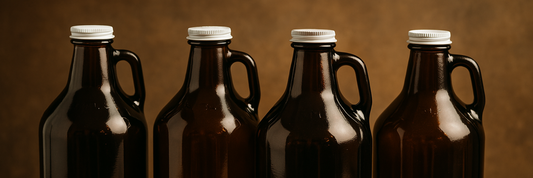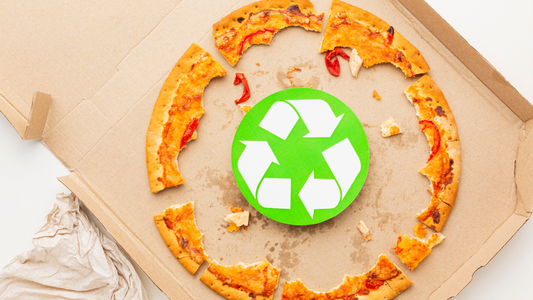Beer labels are more than just decorative packaging—they serve as a vital tool for marketing, brand identity, and regulatory compliance. For breweries, a well-designed label can captivate customers, convey key product information, and tell a story about the beer’s origin and quality. However, creating an effective beer label involves a blend of artistry and adherence to strict regulations. In this guide, we’ll explore the types of beer labels, the essentials of custom label design, and the legal requirements breweries must follow to create impactful and compliant beer labels.
- Beer Bottle Dimensions Explained: A Guide for Brewers and Retailers
- How to Open a Beer Bottle: Tips and Techniques for Every Situation
- Pros and Cons of Green Beer Bottles: A Guide for Breweries and Consumers
- How to Remove Labels From Beer Bottles: Reusing & Recycling Bottles Guide
- Exploring the Different Types of Glass Bottles and Their Uses
Types of Beer Labels
Pressure-Sensitive Labels
Pressure-sensitive labels are one of the most commonly used types in the beer industry. These labels are made from materials like paper, vinyl, or polyester and are pre-coated with adhesive. They can be applied directly to the bottle or can using pressure, making the process efficient and cost-effective.
One of the main advantages of pressure-sensitive labels is their versatility. They work well on various container shapes and materials, from glass bottles to aluminum cans. Additionally, these labels support intricate designs, making them ideal for breweries that prioritize detailed artwork or branding.
Shrink Sleeves
Shrink sleeves are labels that cover the entire bottle or can, offering 360-degree design coverage. Made from plastic materials like PETG or PVC, these sleeves are applied to the container and then heated to shrink tightly around its surface.
The primary benefit of shrink sleeves is their durability and resistance to water or humidity, making them perfect for chilled or wet environments. They also allow for vibrant, high-resolution graphics that can enhance the visual appeal of the beer packaging. This method is increasingly popular among craft breweries looking to create eye-catching designs.

Cut-and-Stack Labels
Cut-and-stack labels are a traditional option that involves printing the design on large sheets, cutting them into individual labels, and applying them to the container with glue. These labels are typically made from paper or lightweight plastic and are a cost-effective solution for high-volume production.
While cut-and-stack labels are economical, they may not offer the same level of design flexibility as pressure-sensitive or shrink sleeve options. However, their simplicity and efficiency make them a staple for many large-scale breweries.

In-Mold Labels (IML)
In-mold labeling is a process where the label is integrated into the container during the manufacturing process. This creates a seamless, durable label that is resistant to peeling or fading. IML is commonly used for high-volume production, particularly for plastic containers.
Although IML offers a polished and professional appearance, it requires specialized equipment, which can make it less accessible for smaller breweries.
Glue-Applied Labels
Glue-applied labels are similar to cut-and-stack labels but involve manually or machine-applying adhesive to the label during the application process. These labels are cost-effective and can be used with various materials, including paper and plastic.
While glue-applied labels are reliable, they may not adhere well in high-moisture environments, making them less ideal for beers stored in coolers or ice buckets.
Custom Beer Labels
Importance of Custom Labels in Craft Brewing
Custom beer labels are essential for breweries, especially in the competitive craft beer market. They help brands stand out on shelves, communicate unique selling points, and reflect the brewery’s personality and values. A creative and well-crafted label can be the deciding factor for a customer choosing between two similar products.

Design Elements of a Custom Beer Label
Designing an impactful beer label requires attention to colors, fonts, imagery, and layout. Colors should align with the beer’s branding and flavor profile—for example, green for a refreshing lager or dark hues for a stout. Fonts should be legible and match the beer's theme, while imagery and layout should draw the eye and highlight key information like the beer name and style.
Choosing Materials for Custom Labels
The material of the label affects its durability and appearance. Options include paper, vinyl, and metalized film. Paper is cost-effective but less durable, while vinyl offers water resistance and a premium look. Metalized film provides a shiny, reflective finish that adds sophistication.
Printing Techniques for Custom Beer Labels
Breweries can choose from various printing techniques depending on their budget and design needs:
- Digital Printing: Ideal for small runs with high-quality resolution.
- Flexographic Printing: Suitable for high-volume production with vibrant colors.
- Screen Printing: Provides a tactile, embossed feel for premium labels.
Required Information for Beer Labels
Legal Requirements and Regulations
Beer labels must comply with local regulations to ensure transparency and consumer safety. In the U.S., the Alcohol and Tobacco Tax and Trade Bureau (TTB) mandates specific information, including the Alcohol by Volume (ABV), government warning statements, and net contents.
Ingredients List and Allergen Warnings
Listing ingredients is often optional but highly recommended, especially for beers containing common allergens like wheat or sulfites. Transparent labeling builds consumer trust and helps avoid legal issues.
Beer Label Design Trends
Minimalist Design
Minimalist labels focus on simplicity, using clean lines, neutral colors, and sans-serif fonts to create a modern and elegant look. This trend appeals to consumers seeking premium or artisanal beers.
Illustrations and Art-Inspired Labels
Many breweries collaborate with artists to create unique, hand-drawn labels. These artistic designs stand out on crowded shelves and give the beer a collectible quality.
Benefits of Effective Beer Labeling
Marketing and Brand Recognition
A well-designed beer label enhances brand visibility and recognition, creating a strong first impression that can influence purchase decisions.
Customer Information and Transparency
Labels that clearly convey information about the beer’s flavor, ingredients, and origin help consumers make informed choices, fostering trust and loyalty.
Conclusion
Beer labels are a critical element of beer packaging, balancing creativity, functionality, and legal compliance. By understanding the various types of labels, design strategies, and regulatory requirements, breweries can create labels that not only protect and inform but also captivate and delight their audience. Whether you’re a small craft brewery or a large-scale producer, investing in thoughtful beer labeling can significantly enhance your brand's appeal and market presence.









